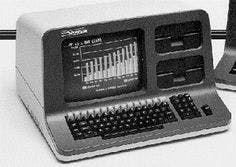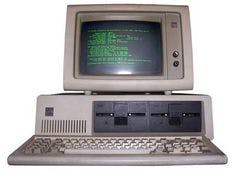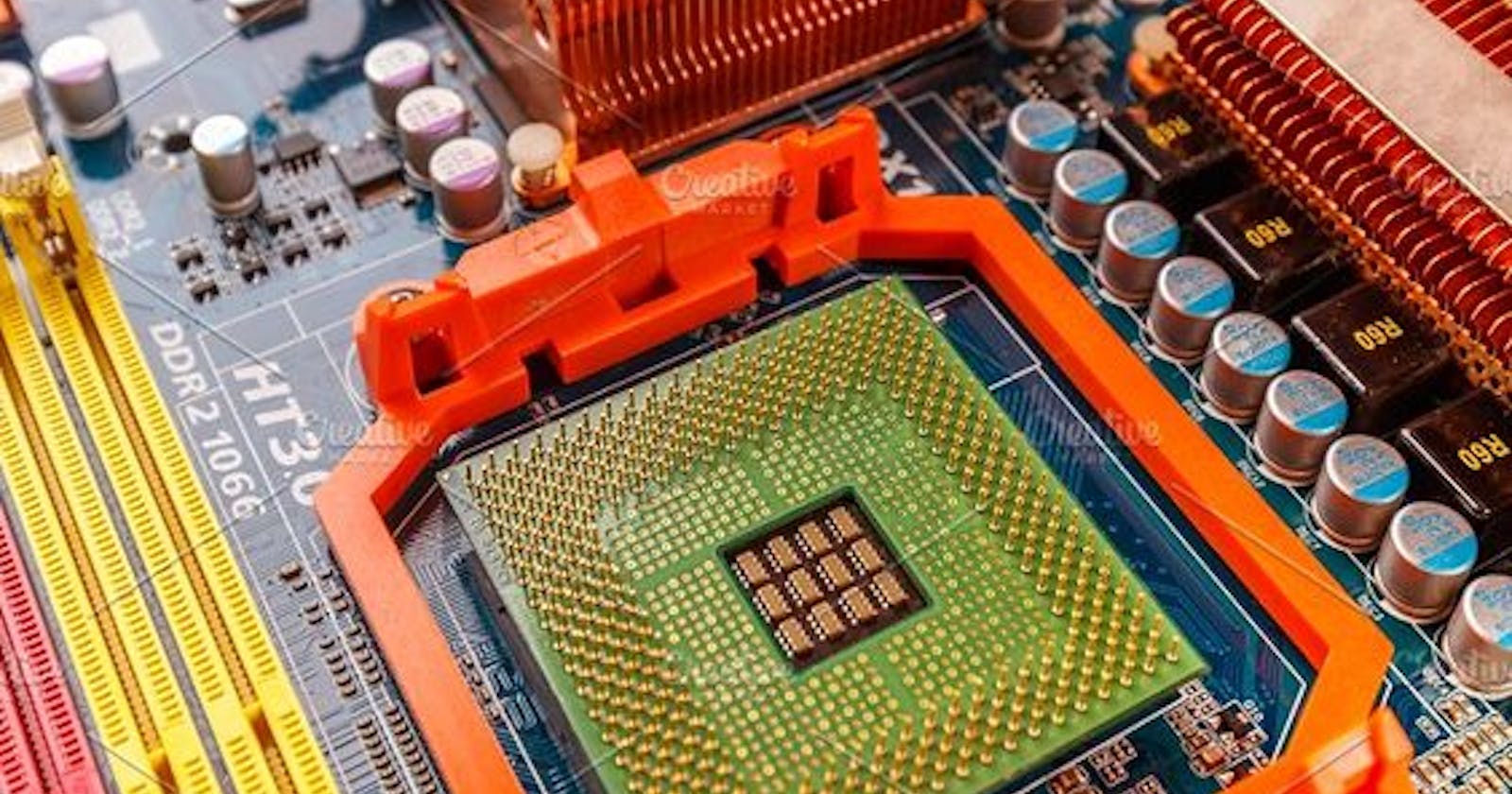Computers have changed our lives in many ways whether it be entertainment, games, solving problems or even in long-distance communication. But, have you ever wondered how computers work and how they have improved over the years?🤔
In this blog we will answer these questions by looking at the different generations of computers and how they have evolved.
1st Generation Computers

The first generation computers refer to the period from 1940-1956. It was the time when computers used vacuum tubes as their main electronic component. Vacuum tubes are devices that control the flow of electric current in a high vacuum. These computers were very large, expensive and were able to perform only one task at a time. They also generated a lot of heat, which often caused malfunction.
The first-generation computers needed to be programmed using machine language or assembly language. These computers also had very little storage capacity.
2nd Generation Computer

The second generation of computers is a term used to describe the group of computers that were developed in the late 1950s and 1960s. In these computers, vacuum tubes were replaced by transistors, making them faster and more efficient. The second-generation computers used assembly language like COBOL making it easier to write programs. These computers used magnetic core memory for data storage, improving the speed and reliability of information processing.
The second-generation computers marked a significant improvement in computer technologies. They laid the foundation for modern technologies and programming concepts that are still relevant today.
3rd Generation Computers

The third generation of computers were developed between 1965 and 1971. These were significant advancements in the field of computing, as for the first time integrated circuits (ICs) were used instead of transistors. Ics are small chips that contain thousands of transistors and other components, making the computers smaller, faster, cost-efficient and more reliable.
These computers had magnetic storage for data. They also replaced punch cards with keyboards and mice for input. These computers used high-level programming languages such as BASIC, PASCAL and FORTRAN.
4th Generation Computers

Fourth-generation computers were introduced in 1972 and are still in use. These computers used microprocessors as their main component. They are also known as microcomputers because they are much faster, smaller and cheaper than the previous generation of computers. Computers use Very Large Scale Integrated (VLSI)circuits, which contain thousand of transistors on a single chip.
These computers have high processing speed, large memory capacity,low power consumption, and high reliability. These computers support a graphical user interface(GUI), which allows users to interact with the computer using icons, menus and windows.
5th Generation Computers

Fifth-generation computers are the latest and the most advanced version of computers that use artificial intelligence, natural language processing, and parallel processing to perform complex tasks. They are based on ultra-large-scale integration(ULSI) technology, which allows millions of transistors to be placed on a single chip.
fifth-generation computers are capable of learning from their own past experiences and adapting to new situations. These computers can understand human speech, and recognize faces. These computers can also handle large amounts of data and perform multiple tasks simultaneously. The fifth-generation computers are still in the development phase and have many challenges and opportunities for improvement.
I hope you enjoyed reading this blog and learned something new about the history and evolution of the computers. 😇
